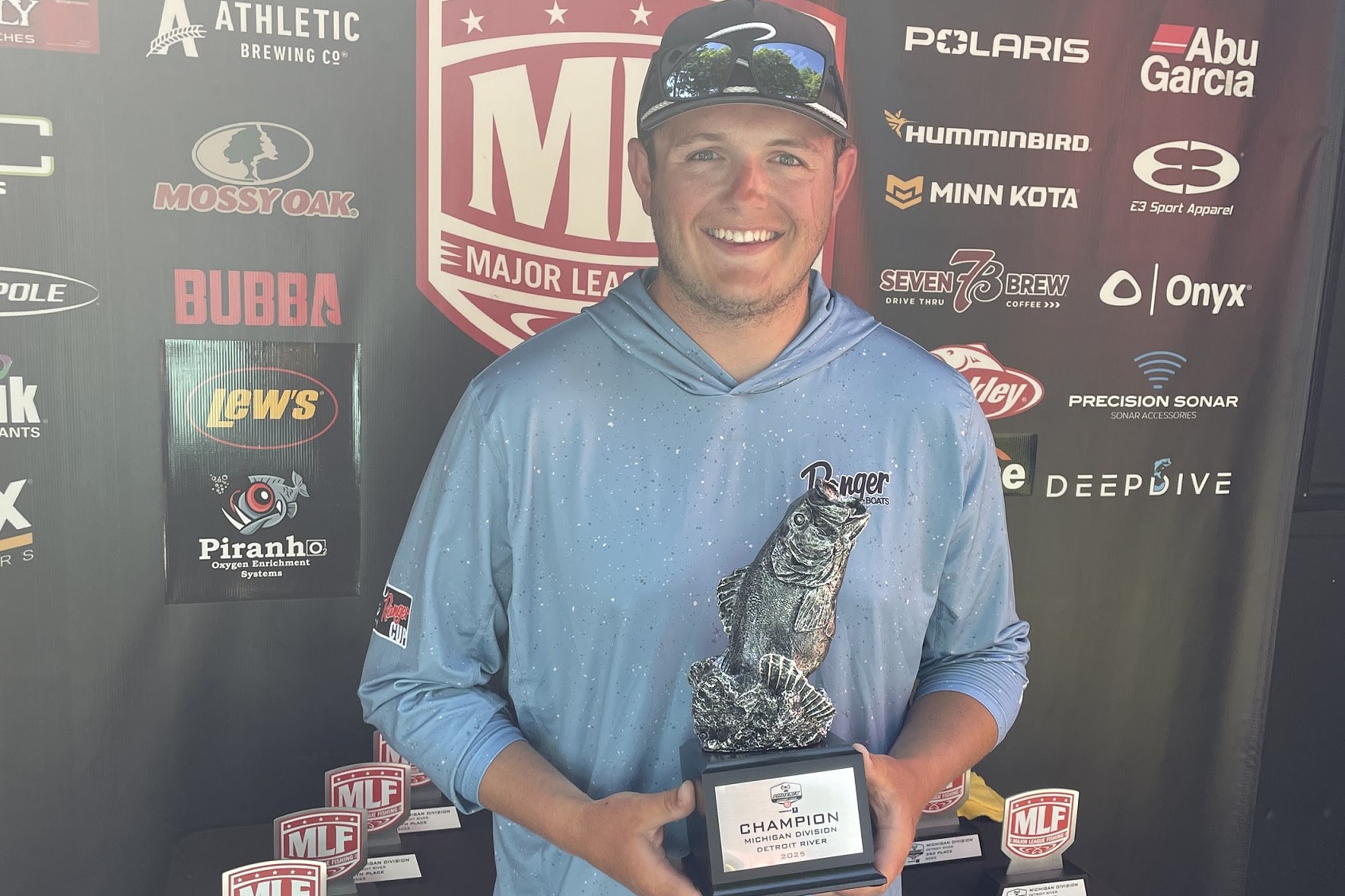Zaldain doesn’t think bass read textbooks
Courtesy of Alan McGuckin – Dynamic Sponsorships
Chris Zaldain wasn’t sure he was cut out for college. So to give it a test run, he enrolled in a local community college. Then he won a boat in a tournament on Clear Lake soon after, and pretty much shelved textbooks forever to focus on a pro career.
Now one of the top professional anglers in the world, Zaldain is convinced bass don’t read text books either – especially as related to the post-spawn.
Now look, understandably, if you live near Montgomery, Alabama, where most bass spawn in late March, then you may be more prone to seek Zaldain’s post-spawn advice immediately, compared to a bass buster in Minneapolis, Minnesota where they don’t build beds until late May.
Either way – listen up, because Zaldain is giving up the goods on a rarely thought about pattern that sooner or later will apply to post-spawners in your area all summer long.
“The textbook pattern after the spawn is for bass to migrate to deeper off-shore ledges, brushpiles, humps, or whatever. But I’ve learned there are a number of wise old female largemouth that never migrate deep,” he says.
“Instead, they stay really shallow around isolated reeds and cattails picking off the bluegills that come in to spawn in less than 2-feet of water soon after the largemouth finish spawning,” emphasizes the Carhartt-Yamaha pro who now calls Forth Worth, Texas home.
Zaldain is already seeing this overlooked pattern begin to play-out around North Texas. Hence a big bluegill imitating surface frog lure called the Megabass Big Gabot gets a seat at the front of his class. “The Big Gabot is fairly large and it has a cupped face to make it spit, walk and chug perfectly over those bluegill beds and around the reeds and other sparse vegetation,” says Zaldain.
No surprise his favorite colors are bluegill imitators called GLX perch and wild gill – and he says even the vertical bars on the side of the bait add a mental vote of confidence to the Gabot’s ability to get eaten by fat largemouth.
Like a game of backyard after school tackle football, this is certainly not a pattern for light line and wimpy sticks – but instead 50-pound Seaguar Smackdown braided line and a 7’2” rod like you’d use to pitch a Texas rigged craw into a flooded bush.
“Not only does this pattern work all summer long, but in addition to the low light periods of early morning, some of the best bites come in mid-afternoon once the high sun casts shadows, so don’t stop throwing it at midday,” warns Zaldain.
“In fact, running shaded pockets in the afternoon with the Gavot is how I caught a few good ones last year during the first week of May at the Toyota Texas Bass Classic on Lake Fork,” he recalls.
Perhaps the catalyst of this somewhat non-traditional early summer pattern would best be described in an ecology textbook.
Zaldain believes the magic of tossing frogs around isolated reeds and cattails lies in the ecosystem. He thinks the whips of vertical vegetation attract insects, which in turn attract bluegills, and guess what – next come big aggressive bass not willing to go deep when easy meals made of panfish swim nearby.
So whenever the post-spawn season is in your area, don’t be afraid to shun traditional knowledge for a shot at shallow water frogging action seldom discussed, but absolutely full of Valedictorian level success.


















